Heltec LoRa Node Products Difference Table
“Heltec LoRa” product family already included follow options
LoRa spread spectrum communication (node);
Battery powered;
Good RF circuit design and impedance matching.
Product:Type↘:MCU:FLASH:Battery:Battery Detect:Vext:Low Power:Display
WiFi LoRa 32:Dev-Board:ESP32:4MB:Lithium:x:x:x:OLED (128×64)
WiFi LoRa 32(V2)
(Product ID:1639291):Dev-Board:ESP32:8MB:Lithium:£:£:800uA:OLED (128×64)
Wireless Stick
(Product ID:1639290):Dev-Board:ESP32:8MB:Lithium:£:£:800uA:OLED (64×32)
Wireless Stick Lite
(Product ID:1638098):Dev-Board:ESP32-PICO:4MB:Lithium:£:£:35uA:x
Wireless Shell
(Product ID:1638101):Module:ESP32-PICO:4MB:£:x:10uA:x
LoRa Kit 151
(This item):Dev-Board:STM32L151CBU6:128kB:Lithium:x:x:7uA:x
LoRa Node 151
(Product ID:1638100):Dev-Board:STM32L151CCU6:256kB:1/2 AA Lithium chlorine sulfite battery:£:£:1.8uA:x
Turtle Board
(Product ID:1638099):Dev-Board:STM32L432KC:256kB:AAA x 2:£:£:5uA:x
Notes
↘ Type
Dev-Board Can be used directly;
Module Only core function, need to cooperate with external PCB or circuit.
Lithium:All lithium battery socket for Heltec boards is SH1.25-2;
Vext:3.3V(500mA) output, for external devices (e.g. sensors) power supply, in deep sleep mode, Vext can be shut down via software;
Low Power:Products’ low power design, of Whole Circuit, the measured data are the current of the system during deep sleep.
Feature
-In order to meet the user’s requirements for Ultra-Low-Power and standard LoRaWAN protocol, we designed this product. On the basis of STM32L151CBU6MCU and SX1278 LoRa chip(433, 470MHz), the low power current can reach to 6uA.
-CE Certificate;
-Microprocessor:STM32L151CBU6 (Ultra-low-power ARM Cortex-M3 MCU with 128 Kbytes Flash), with LoRa node chip SX1278 (433MHz ~ 510MHz);
-Micro USB interface with a complete voltage regulator, ESD protection, short circuit protection, and other protection measures;
-Onboard SH1.25-2 battery interface, integrated lithium battery interface, integrated battery management system (battery power detection, USB / battery power automatic switching);
-Integrated CP2102 USB to serial port chip, convenient for program downloading, debugging information printing;
-This product supports DFU mode download (need to cooperate with relevant download software).
-System resource:FLASH 128K, RAM 16K, EEPROM 4K;
-User available resources:FLASH 64K, RAM 8K, EEPROM 4K;
-Provide standard LoRaWAN protocol routines.
-With good RF circuit design and basic low-power design (sleep current 7uA), it is convenient for IoT application vendors to quickly verify
-LoRaWAN protocol easily.
Source:Parameter
MCU:STM32L151CBU6 (Ultra-low-power 32-bit MCU ARM-based Cortex-M3)
LoRa chip:SX1278
LoRa bands:EU_433, CN_470_510,two bands optional
LoRa maximum output power:18dB ÷ 1dB
Hardware Resource:USART x 3; SPI x 2; I2C x 2; ; USB 2.0 x 1
12 bits ADC; 12 bits DAC
DMA controller
28 general GPIO
Flash:128KB FLASH;16KB SRAM;4KB EEPROM;80B BACKUP REGISTER
Interface:Micro USB x 1; LoRa antenna(IPEX) x 1
length x width x height(pin):57 x 27 x 7(14) mm
Battery type:Lithium
Low power design:Deep Sleep:6uA
Electrical characteristics:Condition:Minimum:Typical:Maximum
Power Supply:USB powered(◎500mA):4.7V:5V:6V
Lithium powered(◎250mA):3.3V:3.6V:4.2V
3.3V(pin)powered(◎150mA):2.7V:3.3V:3.5V
5V(pin)powered(◎500mA):4.7V:5V:6V
Power consumption(mA):LoRa 10dB emission::50mA
LoRa 12dB emission::60mA
LoRa 15dB emission::110mA
LoRa 20dB emission::130mA
Output:3.3V pin output:::500mA
5V pin output (USB powered only)::Equal to the input current
External device power control (Vext 3.3V):::350mA
Package includes
1 x STM32L151CBU6 Development Board
LoRa Kit 151 Example Code
LoRa Kit 151 Pingpang test example code (need two LoRa Kit 151 to test):https://heltec.org/wp-content/uploads/2019/07/Kit_151_PingPang.zip
LoRa Kit 151 Schematic diagram
https://docs.heltec.cn/download/LoRa_Kit_151_sch_diagram.PDF
Summary of Common Problems
http://www.heltec.cn/summary-of-common-problems-in-wifi-kit-series-continuous-update/lang=en
Additional information
| Weight | 0.006 kg |
|---|


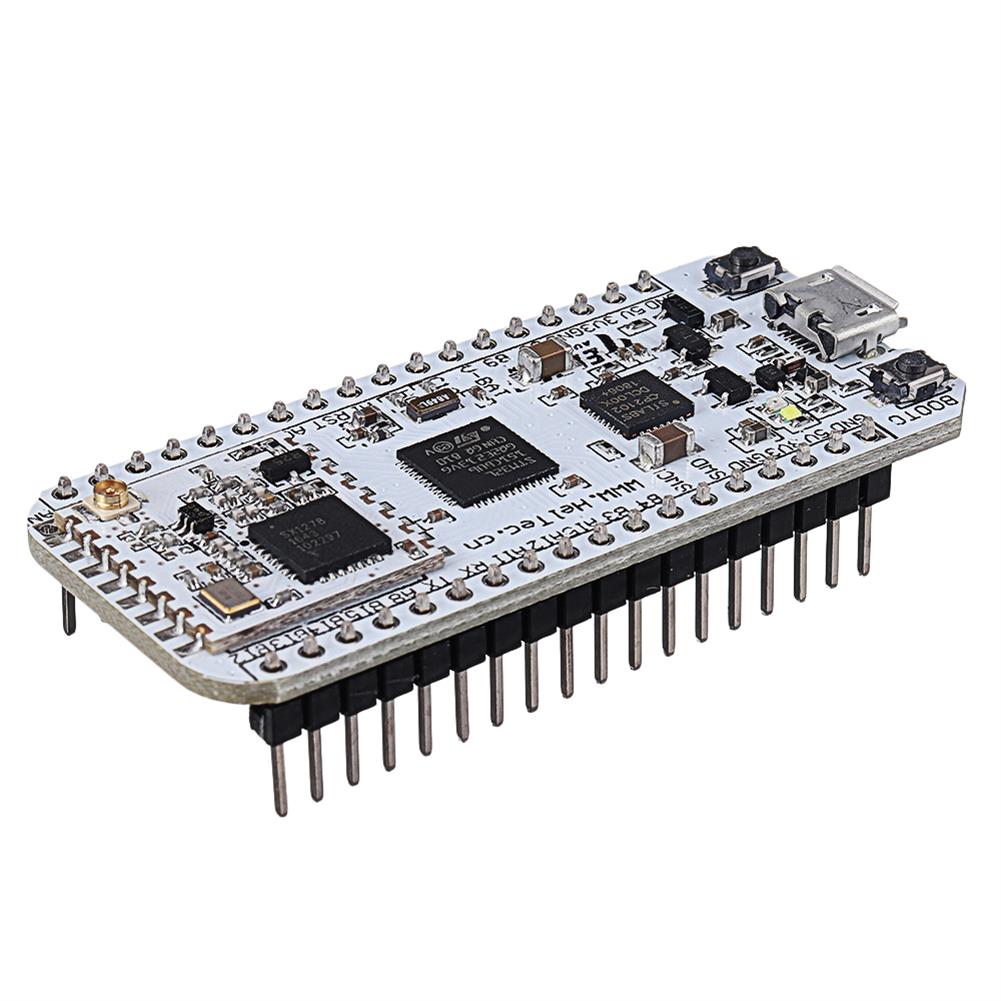
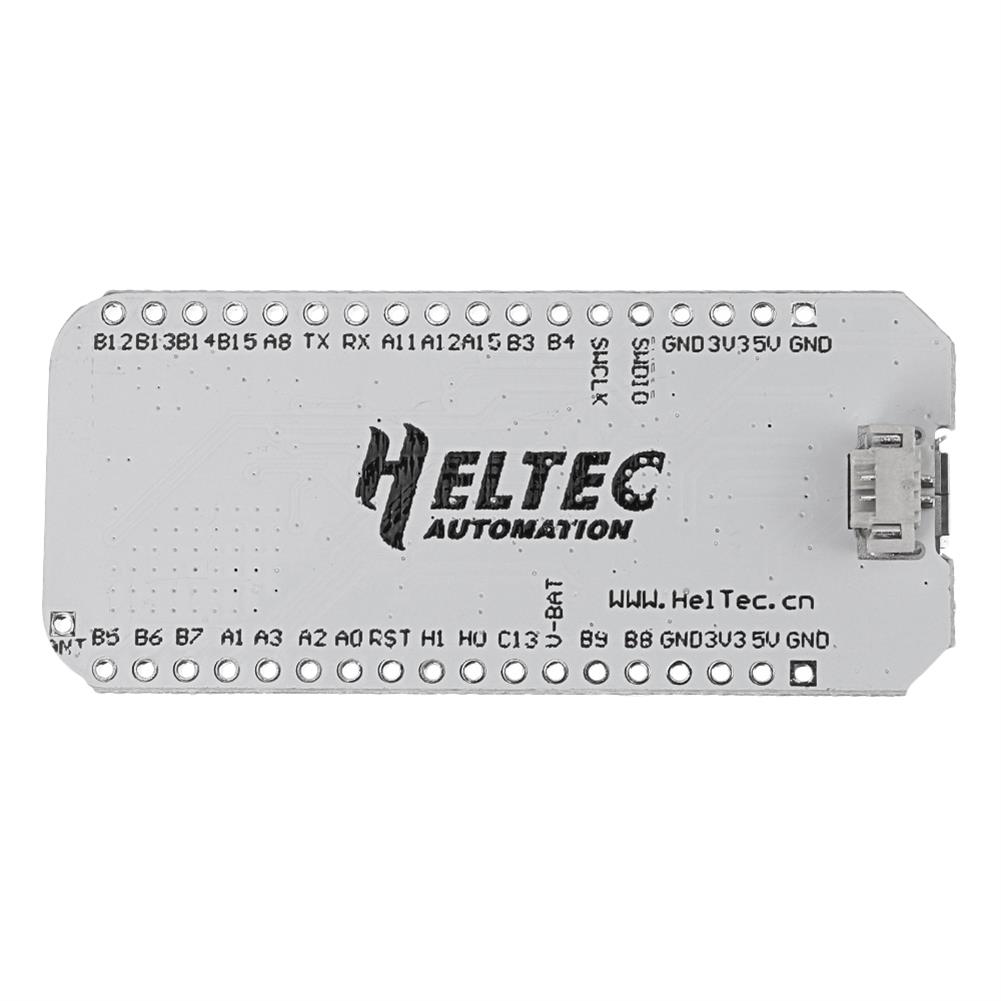
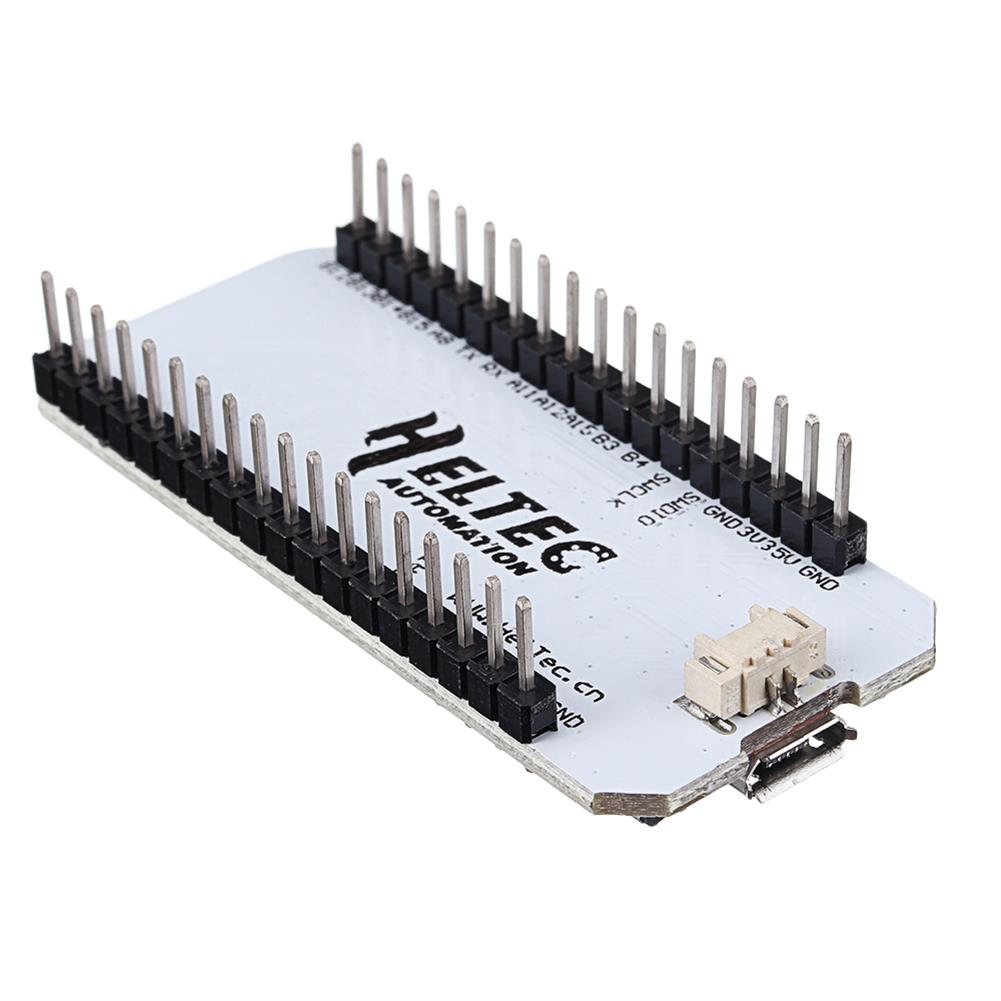

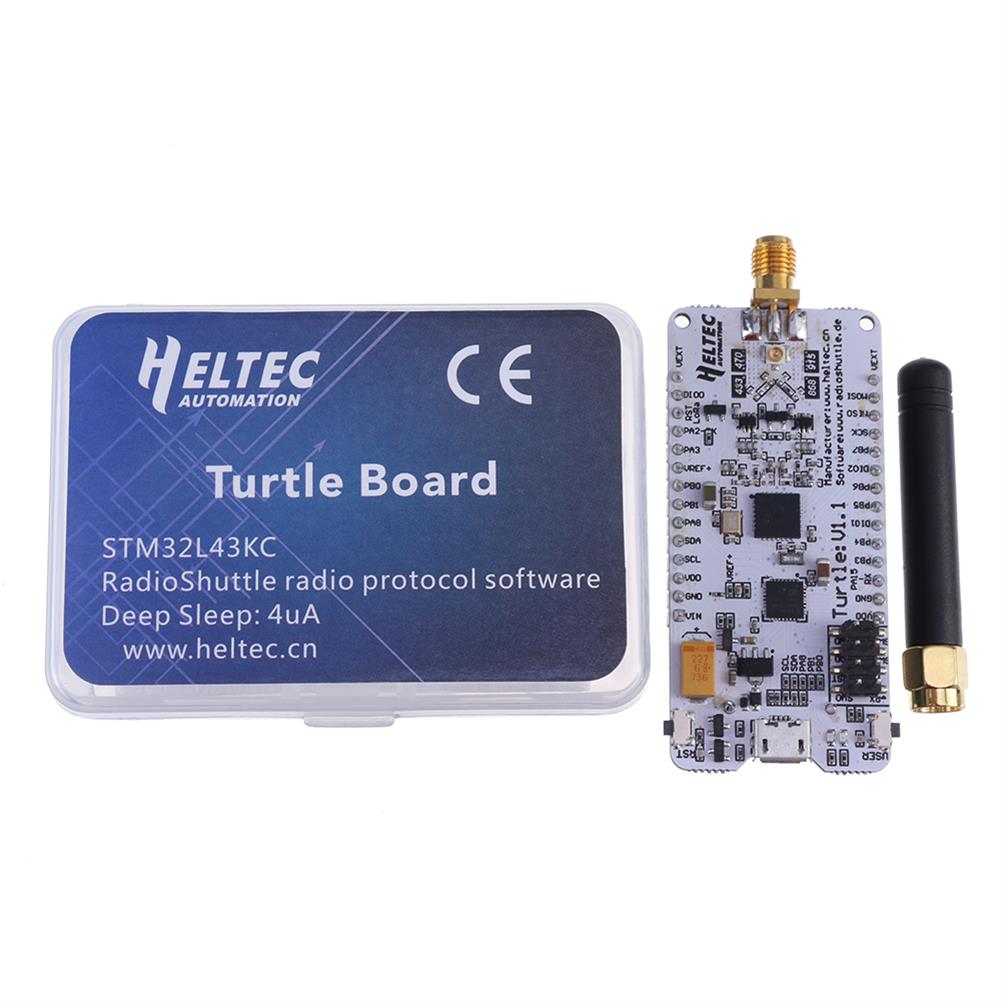







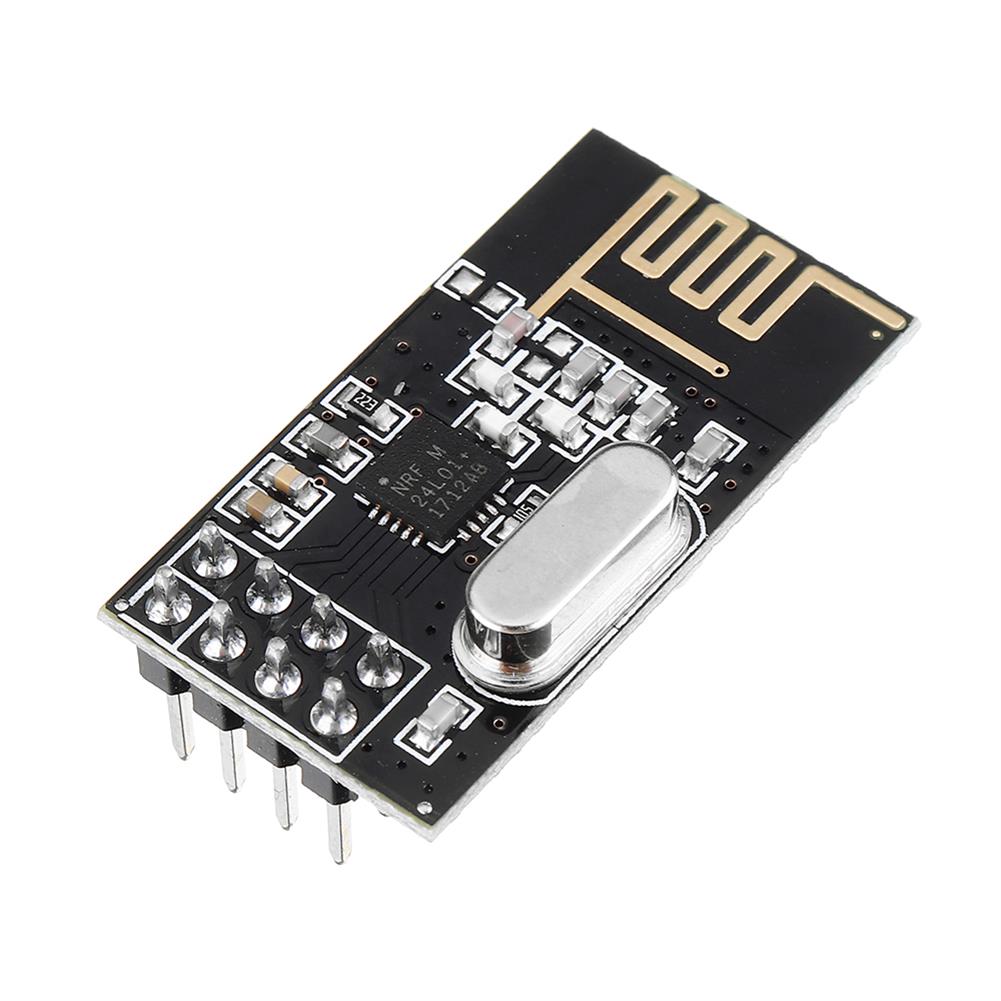
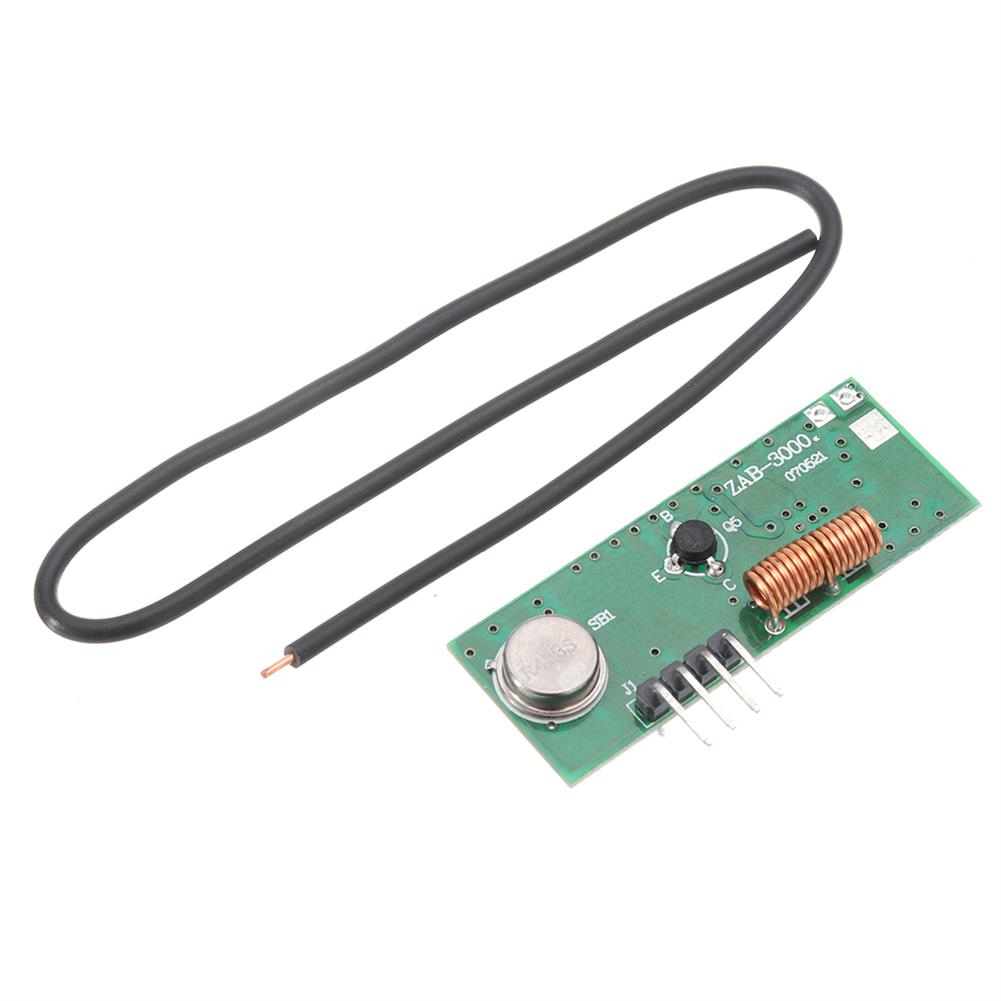
Reviews